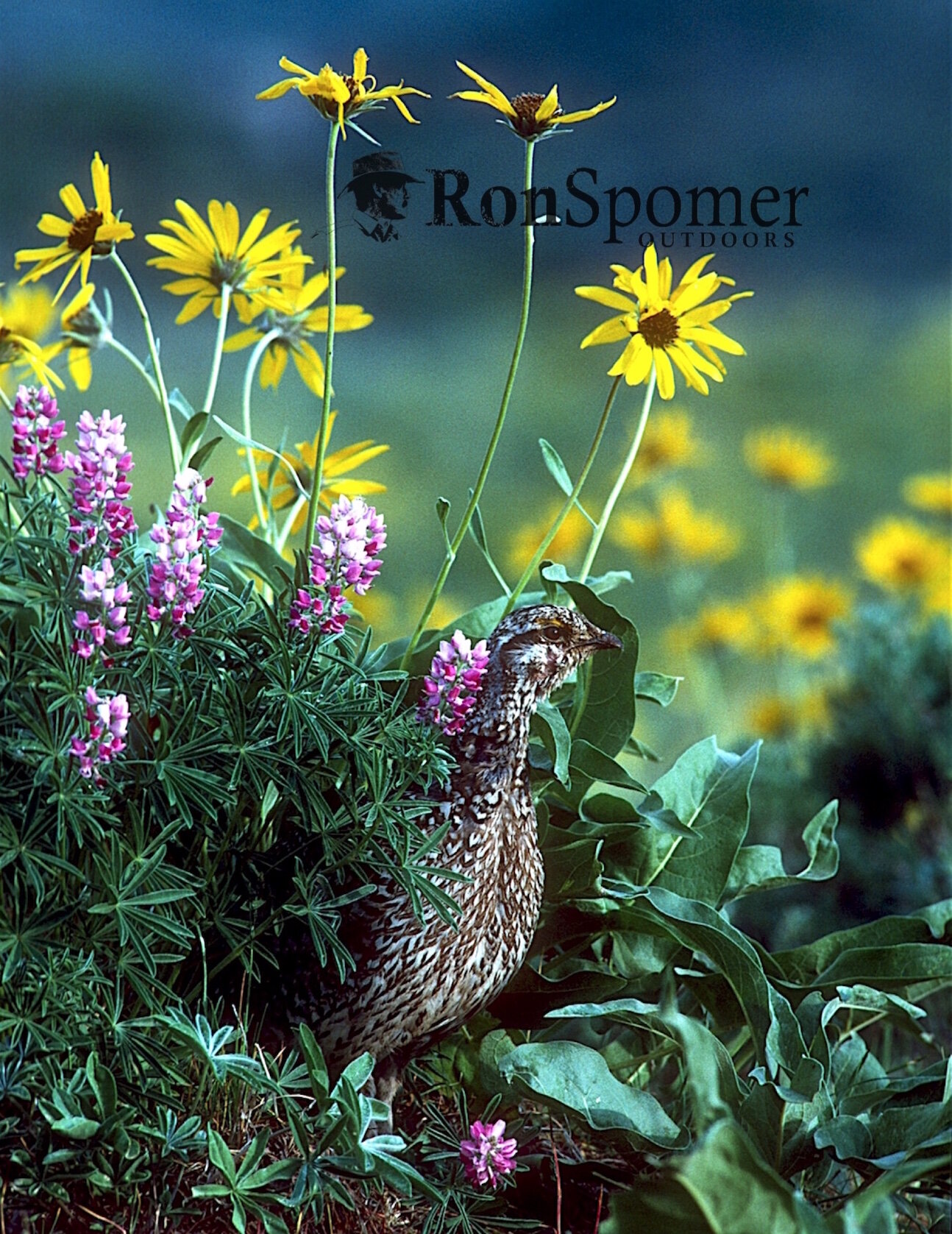Off-Grid Dancing Springs Ranch Christened
At the risk of sounding too cute, we’ve named our off-grid ranch Dancing Springs Ranch. And probably not for the reason you’re thinking.
Yes, our water does come from a spring, but it emerges as more a trickle than a dance. I wish it were otherwise, but alas… And, yes again, there are more such trickling springs, so we could legitimately use these as an excuse to hype this rather ordinary patch of dry ground with a gilded title suggesting boundless liquidity.
Image shows a waterfall which is not from a spring on Dancing Springs Ranch.
The truth is there’s another dancing spring involved. We haven’t seen it yet, but the previous owner assures us a major dance exhibition occurs here every spring. Last year 22 dancers were involved. No, it’s not an annual celebration of the arts. NPR does not report on it. But there is a stage. And quite a show.
Have you guessed? Here are more hints: The dancers are more like break dancers than ballet or “modern dance” performers, even though they propel themselves only with their legs. No head stands. No hand stands. But they are pretty wild. They perform each morning for about five or six weeks wearing nothing more than what Nature provides, yet this is no strip tease or even burlesque. They wear no make up, but lots of feathers. They accompany themselves with high speed drumming. They “sing” poorly but enthusiastically, toot their own horns, often fight, and risk their very lives to perform.
The dancers are sharp-tailed grouse, native to a vast swath of wild America from Nebraska to Alaska, Oregon to Michigan.
Image shows the plants and sharp-tailed grouse that flourish on Dancing Springs Ranch.
Betsy and I are tickled to be able to host these native grouse. Like most native gallinaceous birds (ground nesting birds of the Order Galliformes, meaning chicken-like. Think pheasants, chukars, quail, guinea hens, etc.) sharptails have suffered significant habitat loss at the hands of you-know-who. Highways, reservoirs, towns, cities, farms, expansive mono-cultured crop fields, mature forests, and overgrazed grasslands take away the native grass/brush cover sharptails need to thrive. That said, studies have shown that a mix of about 60 percent native grass and shrubs (not grazed to the roots each year) and 40 percent mixed crops like corn, sunflower, milo, oats, and wheat (which help fuel the birds in late fall and winter) maximize sharp-tailed grouse numbers. So humans and sharpies can co-exist. It’s a matter of measure and balance. Thousands of farmers and ranchers contribute the grain. Fewer nurture the tall nesting grass and escape cover the birds need.
Male sharp-tailed grouse in half-dance display mode. Many of these birds display (dance) each spring on Dancing Springs Ranch, thus the name.
Dancing Springs Ranch does. It has been lightly or hardly grazed for more than 20 years. Invasive brome grass has compromised some of the quality, but most of the hills include a stunning mix of native forbs like Balsamroot, mule’s ears, lupine, various sunflowers and who knows what else. We haven’t been on the place long enough to census all the species. But we’re beginning to rectify that right now.
We’re eager to see the spring dance on Dancing Springs Ranch. Full report then!
Ron and his wife have, romantically, ambitiously, and perhaps foolishly, embarked on a crazy new adventure -- managing more than 300 acres of Rocky Mountain foothills ranchland, house and barns that is completely off the grid.








